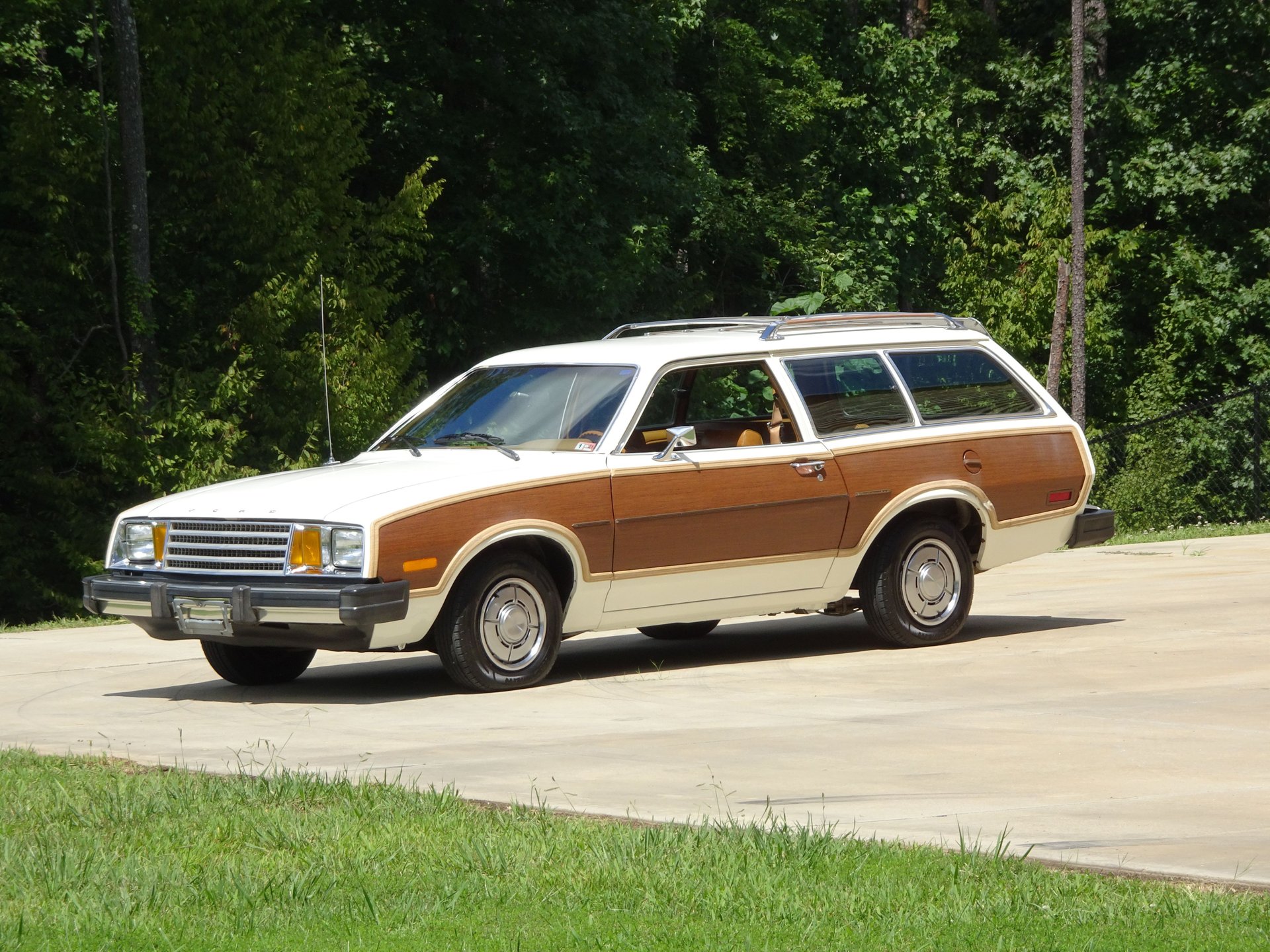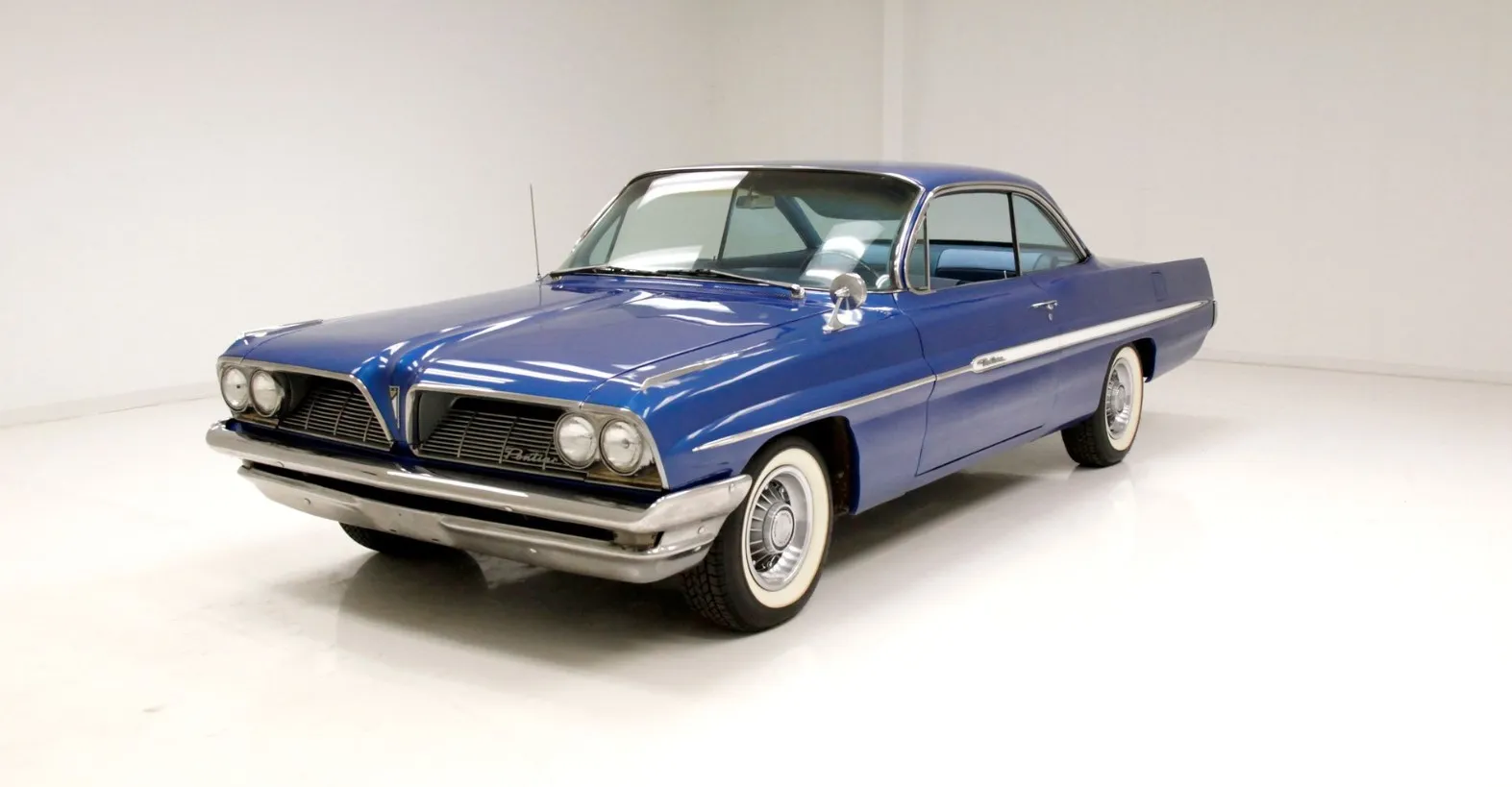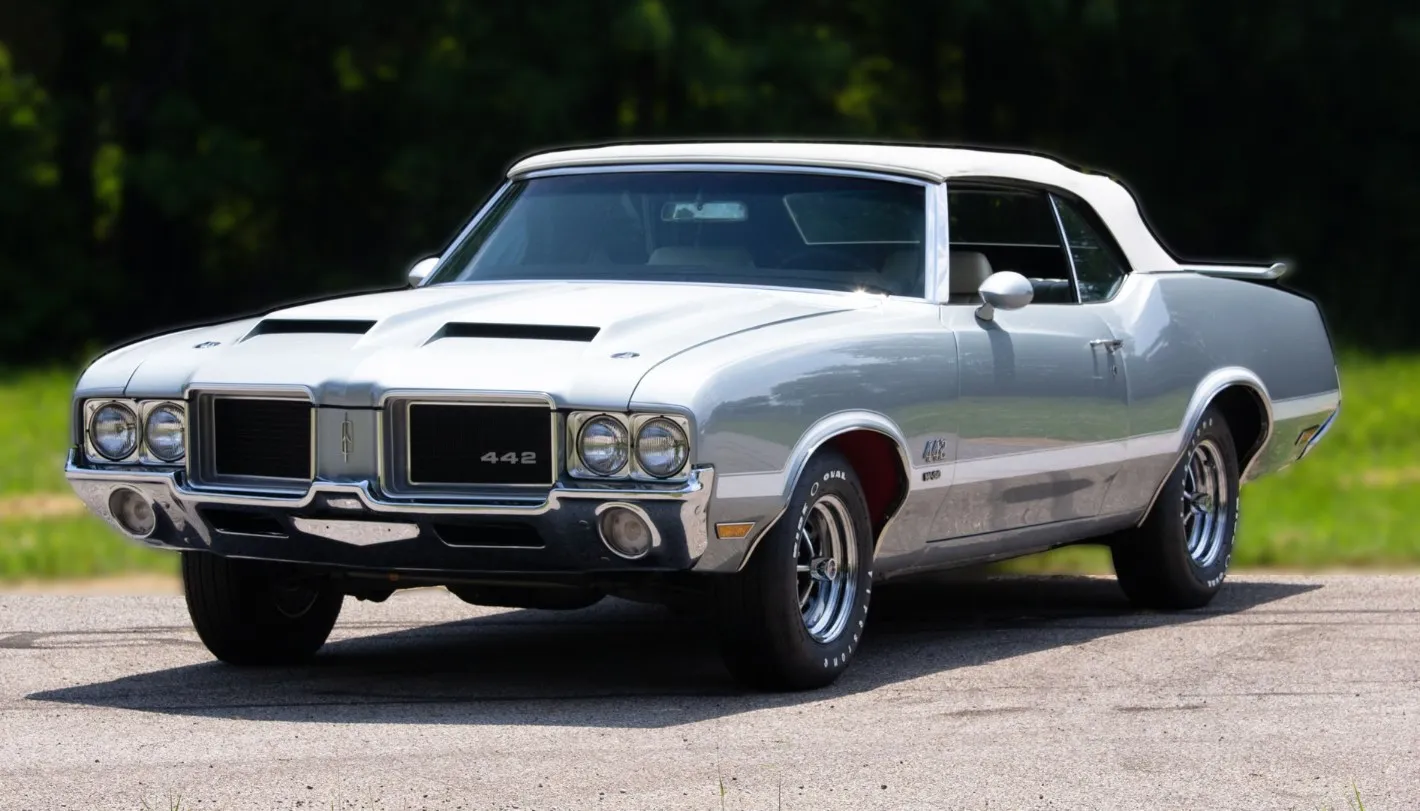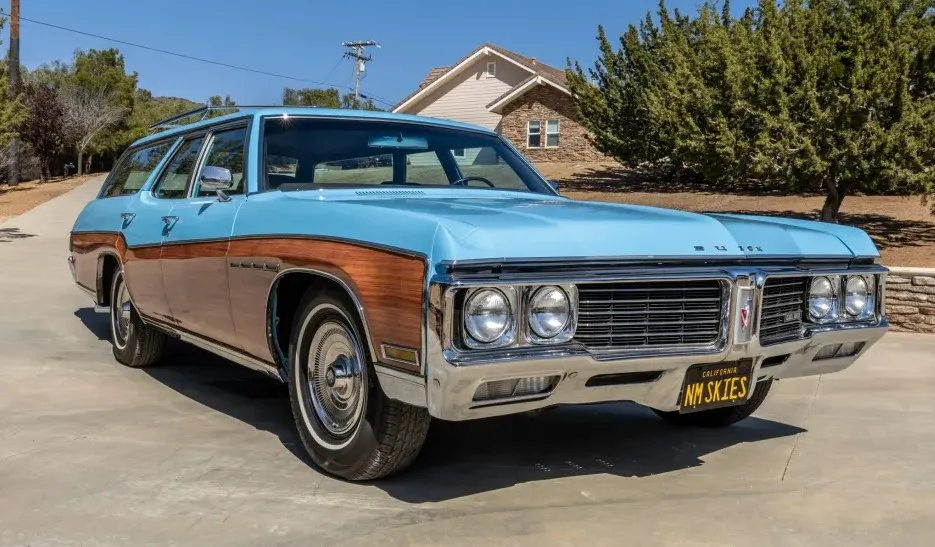When discussing classic cars, the 1980 Ford Pinto Wagon often sparks a debate among enthusiasts and collectors. Known for its practicality and affordability, the Pinto Wagon also carries a controversial legacy that has made it both a symbol of American automotive efficiency and a cautionary tale. Despite its mixed reputation, the 1980 Ford Pinto Wagon holds a unique place in automotive history, making it a fascinating subject for classic car enthusiasts.
The Ford Pinto: A Brief History
The Ford Pinto was introduced in 1970 as a response to the growing demand for compact cars in the United States. With competition from European imports like the Volkswagen Beetle and the Japanese Toyota Corolla, American automakers needed a small, fuel-efficient vehicle that could appeal to budget-conscious consumers. The Pinto was Ford’s answer, and it quickly became one of the best-selling compact cars of the 1970s.
The Pinto was available in several body styles, including a sedan, a hatchback, and a station wagon. The 1980 Ford Pinto Wagon, the final model year for the Pinto, offered a blend of practicality, economy, and modest performance. Despite its modesty, the Pinto Wagon became a popular choice for families and individuals looking for a reliable and affordable vehicle.
Design and Features: Practicality Meets Economy
The design of the 1980 Ford Pinto Wagon is a reflection of its era. The car’s boxy, utilitarian shape was typical of station wagons of the time, prioritizing interior space and functionality over flashy aesthetics. The Pinto Wagon was designed with practicality in mind, offering ample cargo space, a flat load floor, and a rear hatch that made loading and unloading easy. The rear seats could be folded down to further increase cargo capacity, making the Pinto Wagon a versatile vehicle for its size.
The interior of the 1980 Ford Pinto Wagon was simple and straightforward, with basic instrumentation and controls that were easy to use. The dashboard featured a no-nonsense layout with analog gauges, a simple AM/FM radio, and basic climate controls. The seats were upholstered in durable materials designed to withstand the rigors of daily use, and the overall cabin design emphasized practicality over luxury.
Under the hood, the 1980 Ford Pinto Wagon was equipped with a 2.3-liter inline-four engine, producing around 88 horsepower. While not particularly powerful, this engine provided sufficient performance for the Pinto Wagon’s intended purpose as a practical, economical vehicle. The engine was mated to either a four-speed manual transmission or a three-speed automatic, offering drivers a choice between fuel efficiency and convenience.
Performance: A Modest But Dependable Ride
The 1980 Ford Pinto Wagon was not designed to be a performance vehicle, but rather a reliable and economical means of transportation. With its 2.3-liter engine, the Pinto Wagon was capable of reaching highway speeds, but acceleration was modest at best. The car’s suspension was tuned for comfort, offering a smooth ride over most road surfaces, while the power steering made it easy to maneuver in tight spaces.
Fuel efficiency was one of the Pinto Wagon’s key selling points, with the 2.3-liter engine delivering respectable miles per gallon, especially by the standards of the late 1970s and early 1980s. This made the Pinto Wagon an attractive option for budget-conscious buyers looking to save money on fuel costs during an era when gasoline prices were a concern.
The Controversy: Safety Issues and Public Perception
No discussion of the Ford Pinto would be complete without addressing the controversy that has become synonymous with the model. The Pinto’s reputation was marred by reports of safety issues, particularly related to the placement of the fuel tank. In the early 1970s, it was revealed that the Pinto’s fuel tank was susceptible to rupturing in rear-end collisions, which could lead to fires. This design flaw led to a series of high-profile lawsuits and a significant public relations crisis for Ford.
While the safety issues were most prominent in earlier models, the 1980 Ford Pinto Wagon was still affected by the negative perception that had built up over the years. By the time the 1980 model year rolled around, Ford had made some design changes to address the safety concerns, but the damage to the Pinto’s reputation was already done. Despite these issues, many Pinto Wagons, including the 1980 model, remained on the road for years, a testament to their durability and practicality.
Collectibility: The Pinto Wagon as a Classic Car
The 1980 Ford Pinto Wagon occupies an interesting niche in the world of classic cars. On one hand, its controversial history and association with safety concerns have made it a polarizing vehicle. On the other hand, the Pinto Wagon is also a symbol of a specific era in American automotive history—a time when compact, economical cars were becoming more popular due to changing consumer needs and economic factors.
For classic car enthusiasts, the 1980 Ford Pinto Wagon represents a unique piece of automotive history. Its affordability and relative simplicity make it an accessible entry point for those looking to get into classic car collecting. While it may not have the same level of prestige as other classic cars from the 1980s, the Pinto Wagon has a certain charm that appeals to those who appreciate its practicality and historical significance.
One of the factors that contribute to the collectibility of the 1980 Ford Pinto Wagon is its rarity. As the final model year of the Pinto, the 1980 Wagon is a somewhat uncommon sight today, especially in good condition. Many Pintos were driven hard and eventually scrapped, making well-preserved examples more valuable to collectors.
Maintenance and Restoration: Keeping the Pinto Wagon on the Road
Owning a 1980 Ford Pinto Wagon requires a commitment to maintenance and restoration, much like any other classic car. One of the key challenges for Pinto owners is finding replacement parts, as the car has been out of production for decades. However, a dedicated community of Pinto enthusiasts and aftermarket suppliers exists, providing access to the necessary parts and expertise to keep these vehicles running.
Rust is a common issue for the Pinto Wagon, especially in areas with harsh winters or high humidity. Regular inspections and rust prevention treatments are essential to preserving the car’s bodywork. The engine and transmission, while simple by modern standards, also require regular maintenance to ensure reliable performance. Oil changes, tune-ups, and fluid checks should be part of any Pinto owner’s routine.
Restoring a 1980 Ford Pinto Wagon to its original condition can be a rewarding project for those with the time and resources. Given the car’s relatively simple construction, many restoration tasks can be handled by hobbyists with basic mechanical skills. Whether restoring the vehicle to factory specifications or customizing it with modern upgrades, the Pinto Wagon offers a blank canvas for creativity.
The Legacy of the 1980 Ford Pinto Wagon
The 1980 Ford Pinto Wagon is a classic car that embodies both the strengths and weaknesses of its era. Its practicality, affordability, and efficiency made it a popular choice for drivers in the 1970s and 1980s, while its safety issues and controversial history have made it a subject of debate among automotive historians. Despite its flaws, the Pinto Wagon remains a significant part of Ford’s legacy and a reminder of the challenges and triumphs of the American auto industry during a time of change.
For collectors and enthusiasts, the 1980 Ford Pinto Wagon offers a unique opportunity to own a piece of automotive history. Its distinctive design, coupled with its place in the cultural zeitgeist, makes it a car worth preserving and appreciating. Whether viewed as a cautionary tale or a classic car with enduring appeal, the Pinto Wagon is undeniably a vehicle that continues to spark interest and conversation.
The 1980 Ford Pinto Wagon is more than just a classic car; it’s a symbol of an era marked by economic challenges, changing consumer preferences, and the quest for affordable transportation. While its legacy may be complicated by safety controversies, the Pinto Wagon also represents the ingenuity and determination of American automakers to meet the demands of a new generation of drivers. As a classic car, the 1980 Ford Pinto Wagon deserves recognition for its role in automotive history and its enduring appeal to collectors who appreciate its unique place in the pantheon of classic cars.















